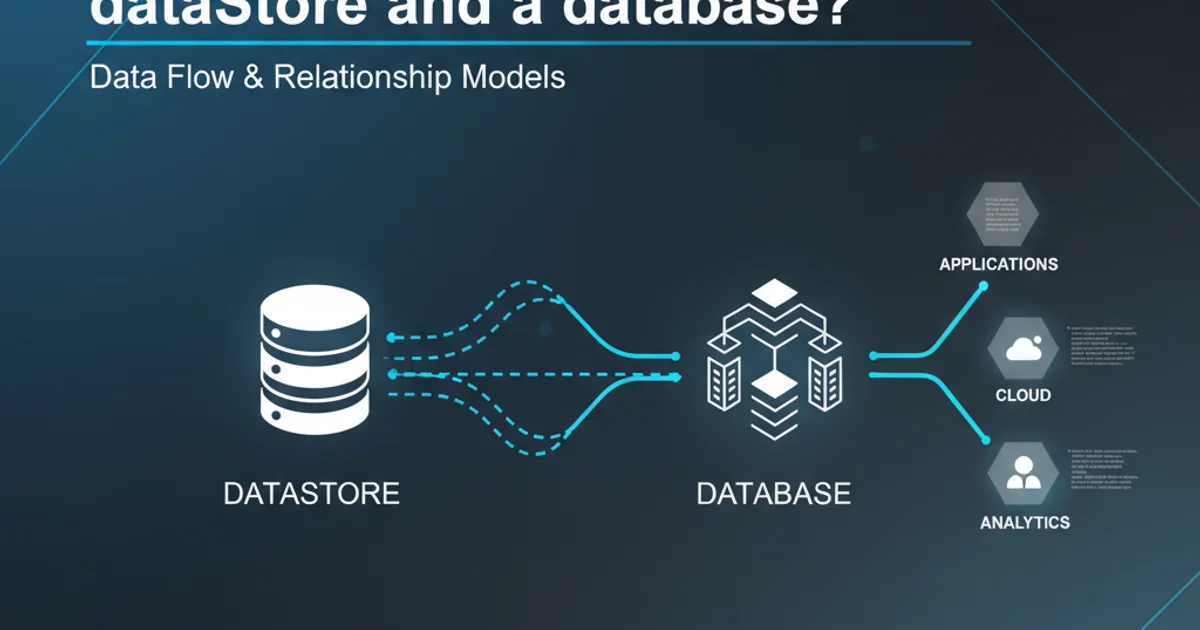Can someone explain the benefits of using a Primary Interop Assembly in .Net?
Categories:
Unlocking COM: The Benefits of Primary Interop Assemblies in .NET

Explore how Primary Interop Assemblies (PIAs) bridge the gap between .NET and COM components, offering type safety, versioning, and simplified interoperability.
In the world of .NET development, there often comes a need to interact with existing COM (Component Object Model) components. Whether it's legacy code, third-party libraries, or operating system services exposed via COM, bridging this gap is crucial. This is where Primary Interop Assemblies (PIAs) come into play. PIAs are special .NET assemblies that act as a managed wrapper around unmanaged COM type libraries, providing a seamless way for .NET applications to consume COM objects.
What is a Primary Interop Assembly (PIA)?
A Primary Interop Assembly (PIA) is a vendor-supplied, digitally signed .NET assembly that defines the managed types corresponding to the types in an unmanaged COM type library. When you reference a COM component in a .NET project, Visual Studio typically generates an Interop Assembly (IA) on the fly. However, PIAs are different because they are officially published by the COM component's vendor. This official endorsement brings several significant advantages, primarily around type consistency and versioning across different .NET applications consuming the same COM component.
flowchart TD
A["COM Component (Unmanaged Code)"] --> B["COM Type Library"]
B --> C["PIA Generation (Vendor)"]
C --> D["Primary Interop Assembly (PIA)"]
D --> E[".NET Application (Managed Code)"]
E --"Calls methods/properties"--> D
D --"Marshals calls"--> A
A --"Returns results"--> DFlow of interaction between .NET, PIA, and COM components
Key Benefits of Using PIAs
Using Primary Interop Assemblies offers several compelling benefits that streamline COM interoperability in .NET applications:
1. Type Fidelity and Consistency
One of the most significant advantages of PIAs is ensuring consistent type definitions. When multiple .NET applications or components within a larger system need to interact with the same COM component, using a PIA guarantees that they all use the exact same managed types for that COM component. Without a PIA, each project might generate its own unique Interop Assembly, leading to type incompatibility issues when passing COM objects between different managed assemblies. This is particularly problematic in scenarios involving shared COM interfaces.
2. Simplified Deployment and Versioning
PIAs are typically strong-named and installed in the Global Assembly Cache (GAC). This centralized location means that all applications on a machine can share the same PIA instance, reducing disk space and memory usage. More importantly, it provides a robust versioning mechanism. If the COM component is updated, the vendor can release a new version of the PIA, and applications can be updated to use it without breaking existing functionality, provided the COM interface remains compatible. This avoids the 'DLL Hell' often associated with COM components.
3. Reduced Metadata Overhead
When you embed type information from an Interop Assembly directly into your application (a feature introduced in .NET 4.0), it can lead to larger executable sizes if multiple components embed the same type information. PIAs, being shared and GAC-installed, avoid this duplication. Your application simply references the PIA, and the runtime handles the loading, leading to smaller application footprints.
4. Official Support and Reliability
Since PIAs are published by the COM component's vendor, they come with an implicit level of official support and reliability. The vendor is responsible for ensuring the PIA accurately reflects the COM type library and handles any nuances of the COM component's behavior. This reduces the burden on developers to manually generate and maintain interop assemblies, which can be complex for intricate COM components.
5. Enhanced Type Safety and IntelliSense
PIAs provide a managed, type-safe representation of the COM component. This means you can interact with COM objects using familiar .NET syntax, benefiting from strong typing, compile-time checks, and full IntelliSense support in your IDE. This significantly improves developer productivity and reduces the likelihood of runtime errors that might occur with less structured COM interactions.
using System;
using Excel = Microsoft.Office.Interop.Excel;
public class ExcelAutomation
{
public static void Main(string[] args)
{
// Using the PIA for Microsoft Excel Object Library
Excel.Application excelApp = null;
try
{
excelApp = new Excel.Application();
excelApp.Visible = true;
Excel.Workbook workbook = excelApp.Workbooks.Add();
Excel.Worksheet worksheet = (Excel.Worksheet)workbook.Sheets[1];
worksheet.Cells[1, 1] = "Hello";
worksheet.Cells[1, 2] = "PIA!";
Console.WriteLine("Data written to Excel.");
}
catch (Exception ex)
{
Console.WriteLine($"An error occurred: {ex.Message}");
}
finally
{
if (excelApp != null)
{
excelApp.Quit();
System.Runtime.InteropServices.Marshal.ReleaseComObject(excelApp);
}
}
}
}
Example of using a PIA (Microsoft.Office.Interop.Excel) to automate Excel
When to Use a PIA vs. Embedded Interop Types
While PIAs offer many benefits, .NET 4.0 introduced the concept of 'Embedded Interop Types' (also known as 'No-PIA'). This feature allows the compiler to embed the necessary type information directly into your assembly, eliminating the need to deploy the PIA alongside your application. This is particularly useful for small applications or when you want to avoid GAC deployment.
Use a PIA when:
- Multiple applications or components on the same machine share the same COM component.
- You need consistent type definitions across different assemblies.
- The COM component is complex, and the vendor provides a well-tested PIA.
- You are developing a library or framework that exposes COM functionality.
Consider Embedded Interop Types when:
- Your application is self-contained and doesn't share COM types with other applications.
- You want to simplify deployment by having a single executable (no separate PIA).
- The COM component is relatively simple, and its interfaces are stable.
graph TD
A["Need COM Interop?"] --> B{Multiple Apps/Components Share COM?}
B --"Yes"--> C["Use PIA (GAC)"]
B --"No"--> D{Simple, Self-Contained App?}
D --"Yes"--> E["Embed Interop Types (No-PIA)"]
D --"No"--> CDecision flow for choosing between PIA and Embedded Interop Types
In conclusion, Primary Interop Assemblies are a powerful and often essential tool for robust and maintainable COM interoperability in .NET. They provide a standardized, type-safe, and version-controlled bridge to the unmanaged world, making the integration of COM components a much smoother process for developers.